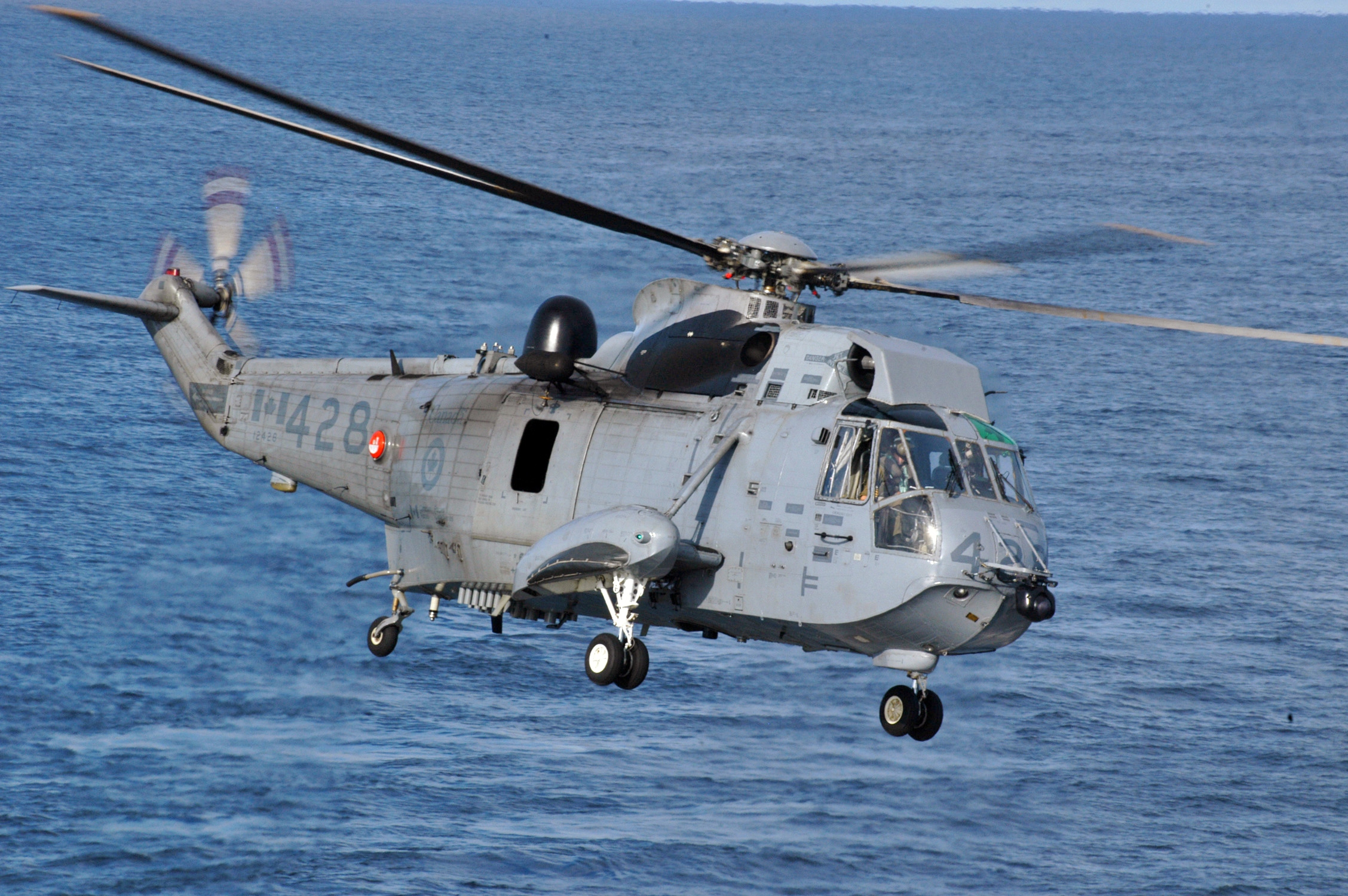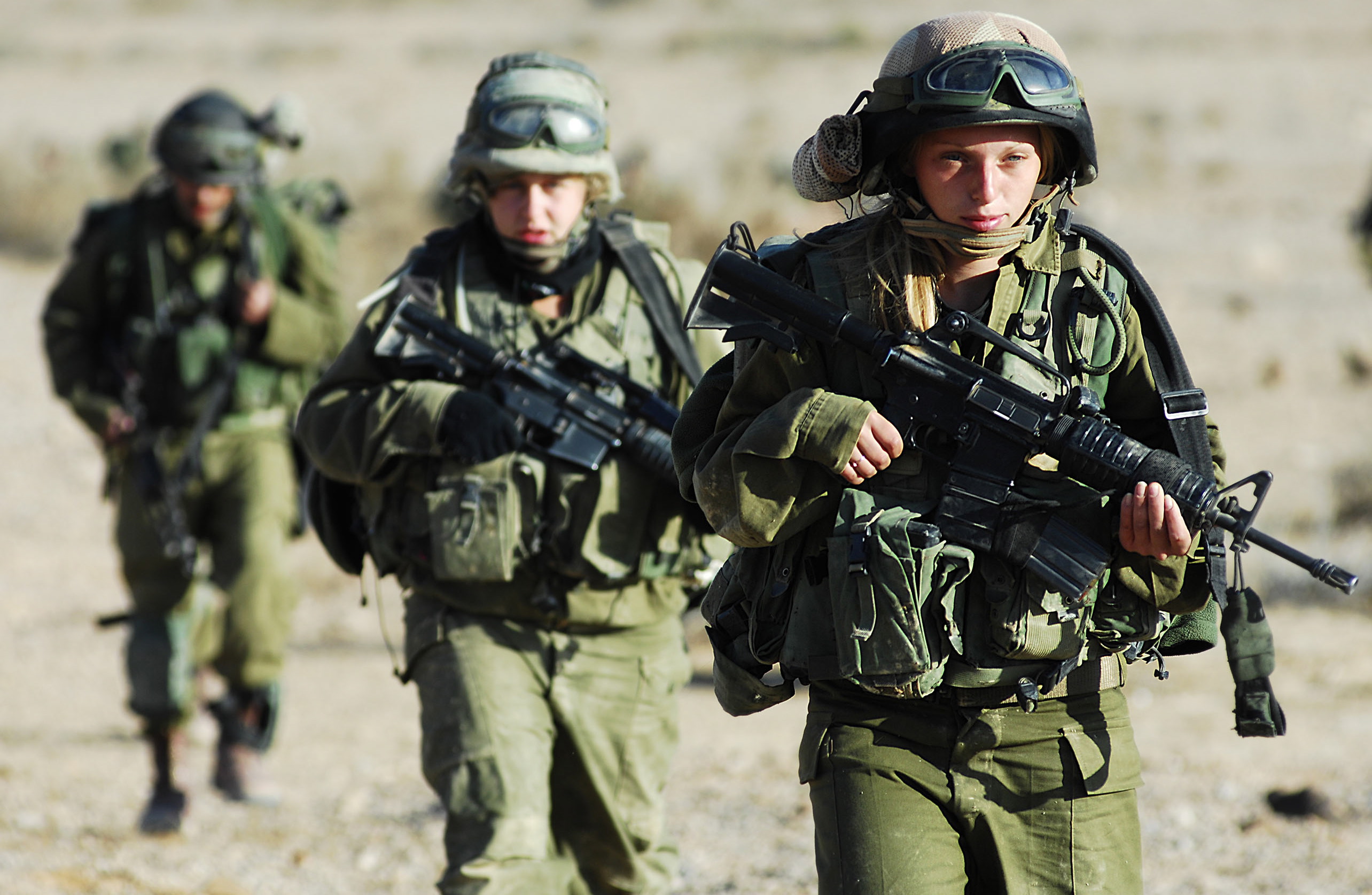Now that the new Cyclone maritime helicopters are finally here, critics are rightfully questioning the delay, and demanding drastic change.
Initial plans to modernize and eventually replace the CH-124 Sea King helicopters began in 1977, after the Sea Kings had been flying for 14 years. After spending more than 50 years in the air, surviving 9 changes of government, and completing hundreds of surveillance, anti-submarine, search and rescue, and peacekeeping missions, the Sea Kings will fully retire in 2021. At this point, all of the 28 Sikorsky CH-148 helicopters are expected to fly from Canadian naval vessels across the country.
As the long ordeal reaches its conclusion, there are many lessons to be learned.
Plan for the future, consider the present
The Sea King helicopters were initially purchased for the purpose of conducting anti-submarine warfare (ASW) operations. In 1963, Canada was significantly involved in ASW, mainly protecting the North Atlantic from Soviet war submarines. The Sea King purchase placed Canada was at the forefront of ASW technology. Canada was considered a leader in submarine tracking for many years, and as the CAF began considering replacements for the Sea Kings, maintaining leadership in this domain was considered a priority.
However, by 1986, when serious contenders for the Sea King Replacement (SKR) were being considered, the nature of the Sea King missions had changed considerably. By this time, the cold war was winding down, domestic operations were increasing in frequency, and submarine hunting was no longer a priority.

Even so, the SKR focused on purchasing an ASW specific aircraft, perhaps anticipating future need. Form a procurement perspective, the emphasis on ASW technology soon proved problematic as Canada soon found itself without the operational capabilities for its current missions. The Search and Rescue (SAR) helicopters, the C-113 Labrador, were also failing the CAF in their old age, and the frequency of SAR operations was exceeding the capabilities of outdated equipment.
The need for a new SAR fleet was recognized, but due to the limited operational budget, in 1991 SAR capabilities were belatedly added on to the SKR requirements. This had the added benefit of streamlining CAF equipment, but the decision to make significant changes to the SKR project delayed the project and increased the projected cost.
30 years later, Canada does find itself in need of ASW technology, as tensions in the Eastern hemisphere place NATO allies at significant risk from submarine warfare. However, this was not the reality when a contract was signed for thirty five ASW helicopters in 1992. Whether the government of the day was thinking too far behind or looking too far forward, the plan wasn’t appreciated by their successors. The contract was cancelled in 1993, irrevocably sinking costs, and undoing years of work.
The SKR project is a prime example of the DNDs difficult history in balancing what it has, what it needs, and what it wants. While not exclusive to the Canadian military, it is a considerable problem, especially now, as the CAF’s current equipment constricts its ability to support NATO allies in critical operations.
Oversight may be required
As stated by the Canadian American Strategic Review (CASR), DND planners were responsible for providing procurement options, which were acceptable, and understandable to their nation’s government and its citizens. In this duty, the DND ‘failed miserably’.

The SKR is only one example. The DND failed to provide reasonable options for SAR fleet replacement, underestimated costs for CF-18 replacements, and generally miscalculated expenses and timelines for major projects. Although not definitively the final straw, the mismanagement of the SKR prompted the government to make considerable changes in defence procurement governance.
The DND’s history of mismanagement led to serious loss of trust in its ability to effectively acquire equipment. This was the reasoning behind moving responsibility for military procurement to the Public Works and Government Services Canada (PWGSC) in 2014. The installation of a new Independent Review Panel for Defence Acquisition in June of this year may also bring much needed oversight to the procurement process.
Now that there is a single point of accountability, a point above the control of DND, the CAF will soon see if the changes bring any added benefits.




